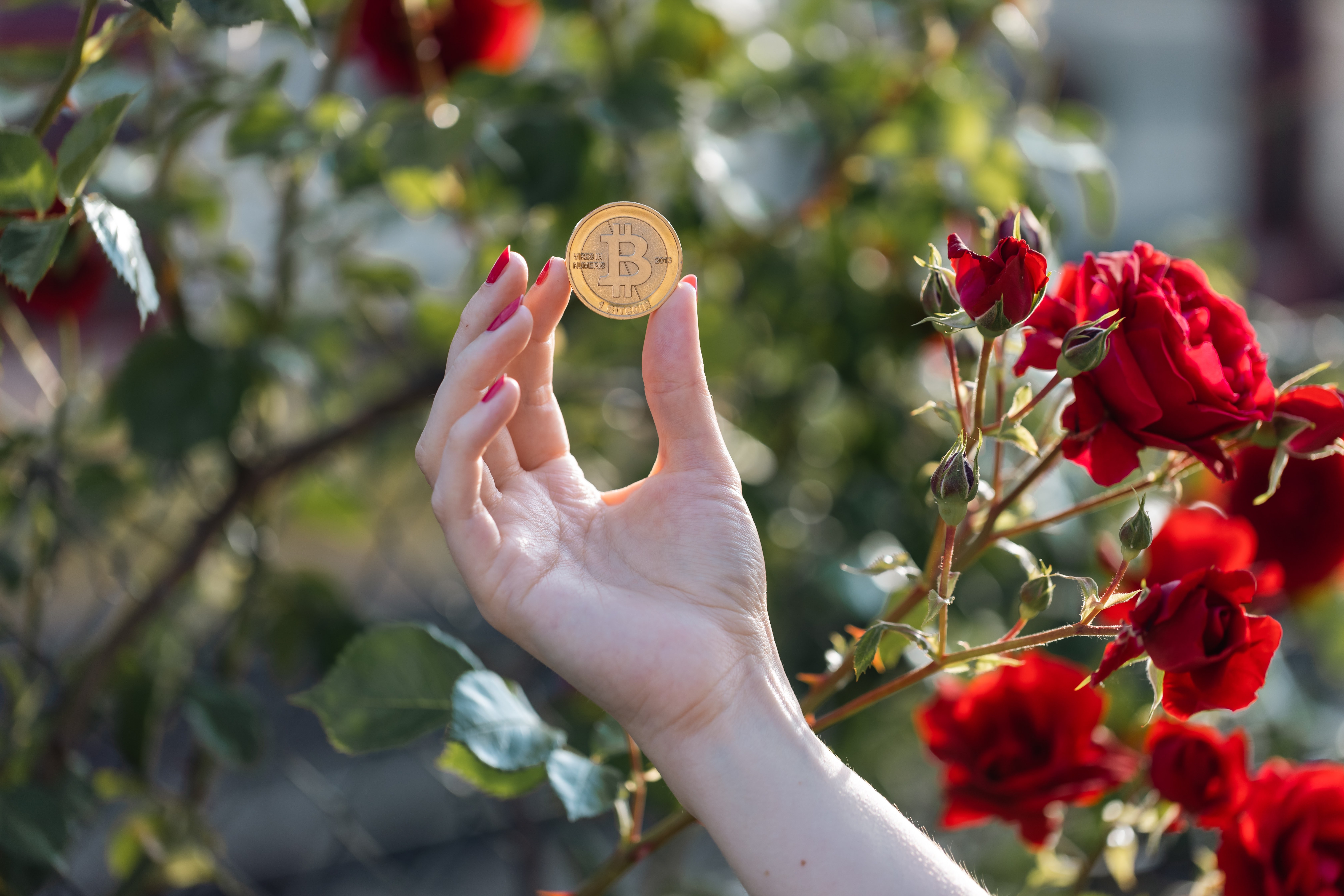

Nov 08, 2022
We’re looking at a new age of ownership.
We used to think very simply: if you need something, buy it. Logical, right? But with some serious shifts in society happening right now (climate change, cost of living crisis, global drive towards community), this model is falling out of fashion. We’ve got Web3, rent-to-own, collective ownership and secondary marketplaces and more. With these different models popping up, how does this influence how organisations and brands market their revenue streams, how they appeal to customers and supporters, and how they can build new business models?
Understandably, most revenue models are still zoomed in on ideas of individual ownership. Organisations market to individuals, who then individually consider a transaction. But we’ve now got the opportunity to consider the place and sustainability of individual ownership, and explore alternative models.

Especially for organisations focussed on social impact, looking towards new types of ownership that are more environmentally, socially, and economically responsible is a big opportunity to drive more of said impact.
Essentially, we’ve got five different types of ownership to work with:
It’s the traditional model that we’re all familiar with, so I won’t dwell on it.
Rentals are a rapidly growing market. From luxury goods to necessary essentials, we’re seeing more and more rental models popping up. Think RentTheRunway and [Daisy, ideas of similar rental websites?]. The online clothing rental market is seeing 26% annual growth, and is expected to reach a market value of $3BN this year. It’s not going anywhere. Temporary ownership is creating a cheaper, more environmentally friendly and accessible path to a number of products and services. Is there any way for you to incorporate this into your organisation? For example, think of websites like arthr.com, which sells products designed specifically for people with arthritis. Could a model like that capitalise on temporary ownership?
Shared ownership is where a group of people co-own an item or service. Access to an item is dictated by ownership share. Usually, people use it to access luxury goods that they normally wouldn’t be able to afford. But there’s also the community aspect of it. In a world where people are yearning for connection and community, is there a way you could adapt the shared ownership model to bring people together?
Just over a year ago, everyone and anyone was talking about Non-Fungible Tokens, and heralding a new type of ownership. Of course, many people immediately decried these as a fad. But a year onwards, they’re still here, and more and more organisations are bringing token ownership into their revenue streams. It’s easy to distribute, adaptable, and a great incentivisation tool. And more than anything, it’s a great model for giving people ownership and investment into a community or organisation. It's a new way of getting people to feel like they belong. If you want to know more about how to apply this, look out for next week’s article about future models of belonging for a deep dive on creating loyalty and community among your supporters.